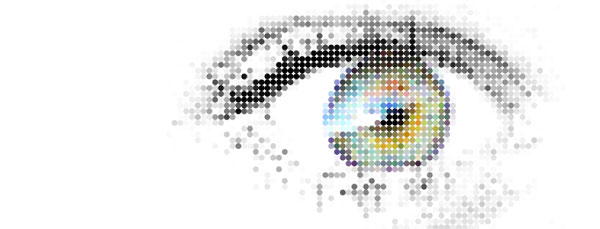Extracts

Gene Therapy May Help Cure Color Blindness
John Pastor
Researchers from the University of Washington and the University of Florida used gene therapy to cure two squirrel monkeys of color blindness — the most common genetic disorder in people.
Writing in the journal Nature, scientists cast a rosy light on the potential for gene therapy to treat adult vision disorders involving cone cells — the most important cells for vision in people.
“We’ve added red sensitivity to cone cells in animals that are born with a condition that is exactly like human color blindness,” said William W. Hauswirth, a professor of ophthalmic molecular genetics at the UF College of Medicine and a member of the UF Genetics Institute and the Powell Gene Therapy Center. “Although color blindness is only moderately life-altering, we’ve shown we can cure a cone disease in a primate, and that it can be done very safely. That’s extremely encouraging for the development of therapies for human cone diseases that really are blinding.”
The finding is also likely to intrigue millions of people around the world who are colorblind, including about 3.5 million people in the United States, more than 13 million in India and more than 16 million in China. The problem mostly affects men, leaving about 8 percent of Caucasian men in the United States incapable of discerning red and green hues that are important for everyday things like recognizing traffic lights.
“People who are colorblind feel that they are missing out,” said Jay Neitz, a professor of ophthalmology at the University of Washington. “If we could find a way to do this with complete safety in human eyes, as we did with monkeys, I think there would be a lot of people who would want it. Beyond that, we hope this technology will be useful in correcting lots of different vision disorders.”
The discovery comes about 10 years after Neitz and his wife, Maureen Neitz, a professor of ophthalmology at the University of Washington and senior author of the study, began training two squirrel monkeys named Dalton and Sam.
In addition to teaching the animals, the Neitz research group worked with the makers of a standard vision-testing technique called the Cambridge Colour Test to perfect a way the monkeys could “tell” them which colors they were seeing.
The tests are similar to ones given to elementary children the world over, in which students are asked to identify a specific pattern of colored dots among a field of dots that vary in size, color and intensity. The researchers devised a computer touch screen the monkeys could use to trace the color patterns. When the animals chose correctly, they received a reward of grape juice.
Likewise, Hauswirth and colleagues at the University of Florida have spent decades developing the gene-transfer technique that uses a harmless adeno-associated virus to deliver corrective genes to produce a desired protein.
In this case, researchers wanted to produce a substance called long-wavelength opsin in the retinas of the monkeys. This particular form of opsin is a colorless protein that works in the retina to make pigments that are sensitive to red and green.
“We used human DNAs, so we won’t have to switch to human genes as we move toward clinical treatments,” said Hauswirth, who is also involved in a clinical trial with human patients to test gene therapy for the treatment of Leber congenital amaurosis, a form of blindness that strikes children.
After the treatment, the monkeys began to acquire color vision, almost as if it occurred overnight.
“Nothing happened for the first 20 weeks,” Neitz said. “But we knew right away when it began to work. It was if they woke up and saw these new colors. The treated animals unquestionably responded to colors that had been invisible to them.”
The research was supported by the National Institutes of Health, the National Eye Institute, the Harry J. Heeb Foundations, The Posner Foundation and Research to Prevent Blindness.